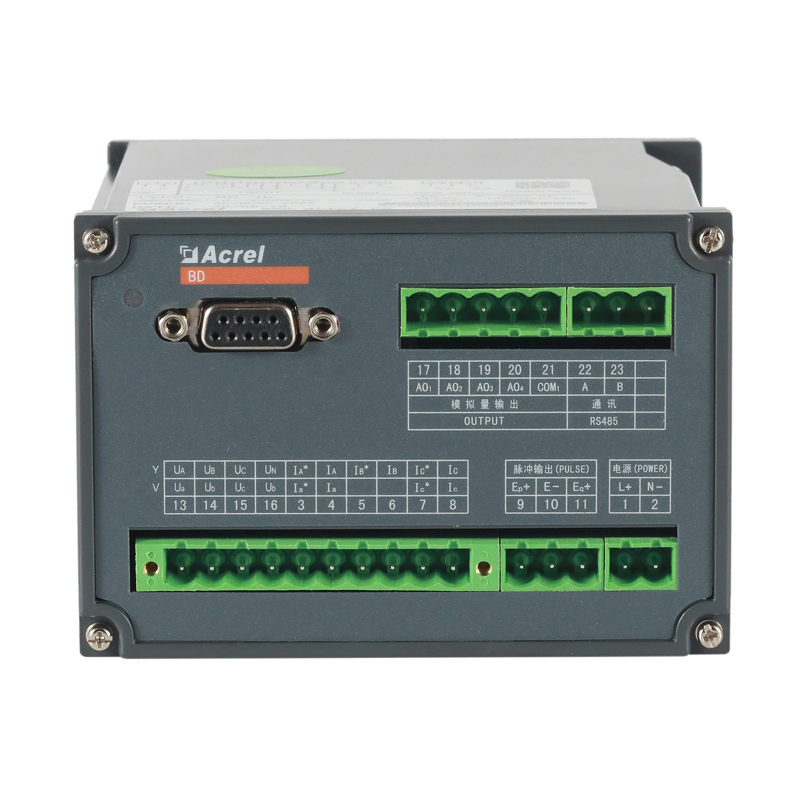What are the effects of increasing the charge and discharge ratio on the performance of lithium batteries?

Figure 1 Effect of lithium battery boost ratio on battery performance
There are many factors affecting the capacity of lithium batteries. The use temperature, charge and discharge current, charge and discharge cutoff voltage and other factors will affect the decay rate of lithium ion batteries . The mechanism that causes the lithium battery capacity to decay can be divided into three categories: internal resistance and polarization increase, positive and negative active material loss, and Li loss.
Different external factors have different effects on these three. Lithium batteries such as LiFePO4 materials have very good cycle performance, but different use conditions have an important influence on the cycle life of lithium batteries. The test proved that the 15650 pulse discharge and 15C continuous discharge of the 26650 lithium battery, the two discharge systems have completely different effects on the 26650 lithium battery. The capacity of the 26650 lithium battery with 15C pulse discharge is very fast. After charging and discharging for 40 times, 15C discharge can no longer be performed, but 1C discharge can still be performed. The 15C continuous discharge battery capacity decays slowly, and 15C discharge can still be performed after 60 times, but the 1C rate decay rate is faster than the 15C pulse discharge.
The mechanism analysis concluded that the 15C pulse discharge battery showed more LiF in the SEI film of the negative electrode, and LiF hindered the diffusion of lithium ions more, which made the Li+ diffusion resistance and charge exchange impedance of the battery increase rapidly, thus making the battery The polarization voltage is too large during charging and discharging, which leads to a rapid decline in the discharge capacity of LiFePO4.
The research on the influence of lithium battery charging strategy on the decay of lithium battery life can better guide our design of lithium ion battery. The effects of different charging control strategies on the lifetime degradation of lithium-ion batteries are studied. The mechanism of the life-decay of lithium-ion batteries is proposed. Research experiments show that when the charging current and the cutoff voltage exceed a certain value, the decay of the lithium ion battery will be greatly accelerated. In order to reduce the decay rate of the lithium ion battery, it is necessary to select a suitable charging system for different systems. Discharge current and cutoff voltage.

Figure 2 Effect of rate discharge on battery performance
It can be seen from the data that as the charging rate increases, the decay rate of the lithium ion battery also increases rapidly, and from the slope of the curve, the decay rate of the battery has three different stages, the pre-decay The faster phase (stage 1), the slower intermediate phase with slower decay (stage 2), and the later decay rate acceleration phase (stage 3). According to the research on the decay mechanism of the three-stage battery, Stage 1 may be due to the fact that the battery SEI film needs to consume a part of Li+, so the decay rate is faster. In phase 2, with the stability of the SEI membrane structure, the internal stability is relatively stable, so the decay rate is slow. In phase 3, as the battery ages, the active material loss begins to occur, and the electrode active interface decreases, resulting in the battery being very sensitive to current. Figure C is an experiment on the effect of different cut-off voltages on the decay rate of the battery. It can be seen from the experimental results that when the charge cut-off voltage is increased to 4.3V, the cycle performance of the battery is drastically deteriorated, and the charge cut-off voltage can be effectively reduced. Improve battery cycle performance.

Figure 3 Effect of lithium battery extraction rate on internal resistance
The dynamic internal resistance analysis of the battery is shown in the figure below. From the test results in Figure a, when the charging current is less than 1C, the dynamic internal resistance of the battery changes almost as the battery cycle changes, but when the charging current exceeds 1C. The increase rate of the dynamic internal resistance of the battery increases rapidly as the charging rate increases. From the test results of Figure b, when the charge cut-off voltage is 4.3V, the dynamic internal resistance of the battery increases very rapidly, indicating that the high cut-off voltage will deteriorate the dynamic conditions of the battery. The dynamic internal resistance of the battery when the cut-off voltage is 4.1V and 4.2V The increase is slower.
From the above analysis, we can notice that there is a value between the charging current and the charging cut-off voltage. When the charging current or voltage exceeds this value, the battery decay will be accelerated. For the above battery, the value is 1C and 4.2V. When the charging current and the cutoff voltage exceed this value, the battery decay is accelerated. When it is less than this value, increasing the charging current and the cutoff voltage does not significantly increase the decay rate of the battery. The mechanism study on the influence of charging current and cut-off voltage on the decay rate of the battery shows that when the charging current is lower than 1C, the main effect is the loss of positive and negative active materials, while the cut-off voltage is lower than 4.2V, which mainly affects Li loss when charging. When the current and the cutoff voltage are higher than this value, the positive and negative active material loss and Li loss are significantly accelerated.
BD series Current monitioring high frequency transformer is olate and convert electrical parameters(e.g.current,voltage,frequency,power and power factor) in the power grid into DC analog signal or digital signal.current transducer digital output complies with GB/T13850-1998 and IEC-688.
Measurement |

Leakage Current Transducer,Voltage Transducer,Current Transducer,Voltage And Current Transducer
Jiangsu Acrel Electrical Manufacturing Co., LTD. , https://www.acrel.com.pk